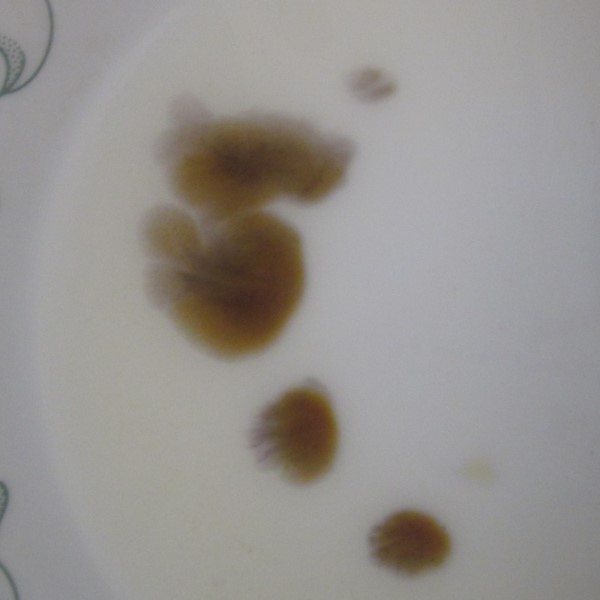I am doing some research into partial mashing vs steeping...
My overall question is: Are there guidelines or data from a malt spec sheet that can be used to determine if a light colored specialty grain is a good candidate for steeping or if it should be mashed?
I get that there are some malted grains that have both enzymes and starches (Pilsner, "2-Row", Pale Ale Malt, Vienna, Munich, etc.). There are other grains that do not have enzymes or starches but add flavors and colors (Crystal, Chocolate, Black Patent, etc.). There are others that do not have enzymes but have starches (unmalted/raw grains, flaked barley/oats/wheat/rye, corn, rice, etc.)
I am a little confused about some of the lighter colored specialty grains/malts like Biscuit, Victory, Aromatic, Melanoidin, Dark Munich, etc. Is there information on a spec sheet that would tell me if these grains still have convertible starches? If they have starches, it would make them better candidates for a mash or partial mash instead of steeping. Is the color of the malt a good indicator?
A search turned up the following thread. It had some lists of grains that should be mashed vs steeped, but not info on how to determine which is which. Also, I question some of the info. I would expect a 70L Brown Malt to be fine for steeping. Can only certain grains be steeped?
I also see a table in the online version of "How to Brew": Table of Typical Malt Yields - How to Brew I don't see this exact table in the 4th Edition, but I see one table about steeping and another about mashing. There are a couple grains starred with the note "The low extraction from steeping is attributed to unconverted, insoluble starches as revealed by an iodine test." There are also a number of grains where the extract from mashing is several points higher than the points from steeping. Why would a grain like Chocolate Malt yield 28 points when mashed and only 15 when steeped?
My overall question is: Are there guidelines or data from a malt spec sheet that can be used to determine if a light colored specialty grain is a good candidate for steeping or if it should be mashed?
I get that there are some malted grains that have both enzymes and starches (Pilsner, "2-Row", Pale Ale Malt, Vienna, Munich, etc.). There are other grains that do not have enzymes or starches but add flavors and colors (Crystal, Chocolate, Black Patent, etc.). There are others that do not have enzymes but have starches (unmalted/raw grains, flaked barley/oats/wheat/rye, corn, rice, etc.)
I am a little confused about some of the lighter colored specialty grains/malts like Biscuit, Victory, Aromatic, Melanoidin, Dark Munich, etc. Is there information on a spec sheet that would tell me if these grains still have convertible starches? If they have starches, it would make them better candidates for a mash or partial mash instead of steeping. Is the color of the malt a good indicator?
A search turned up the following thread. It had some lists of grains that should be mashed vs steeped, but not info on how to determine which is which. Also, I question some of the info. I would expect a 70L Brown Malt to be fine for steeping. Can only certain grains be steeped?
I also see a table in the online version of "How to Brew": Table of Typical Malt Yields - How to Brew I don't see this exact table in the 4th Edition, but I see one table about steeping and another about mashing. There are a couple grains starred with the note "The low extraction from steeping is attributed to unconverted, insoluble starches as revealed by an iodine test." There are also a number of grains where the extract from mashing is several points higher than the points from steeping. Why would a grain like Chocolate Malt yield 28 points when mashed and only 15 when steeped?






















































![Craft A Brew - Safale S-04 Dry Yeast - Fermentis - English Ale Dry Yeast - For English and American Ales and Hard Apple Ciders - Ingredients for Home Brewing - Beer Making Supplies - [1 Pack]](https://m.media-amazon.com/images/I/41fVGNh6JfL._SL500_.jpg)






